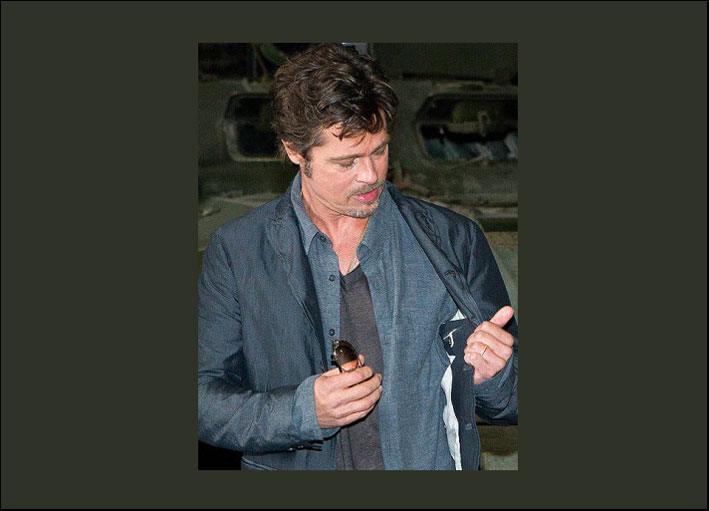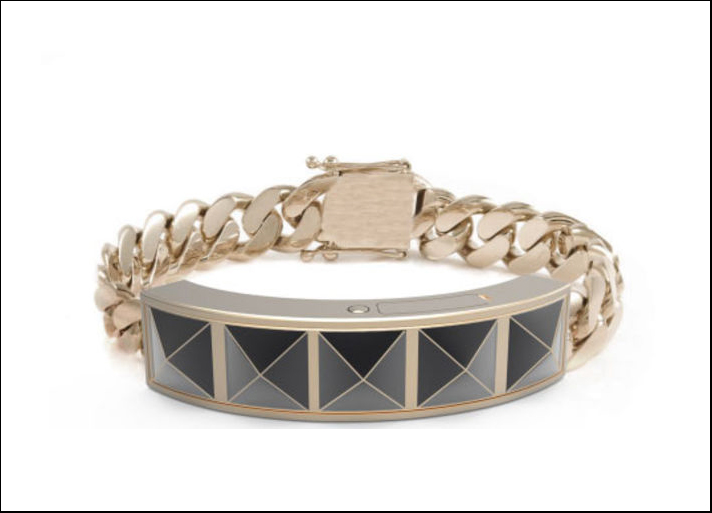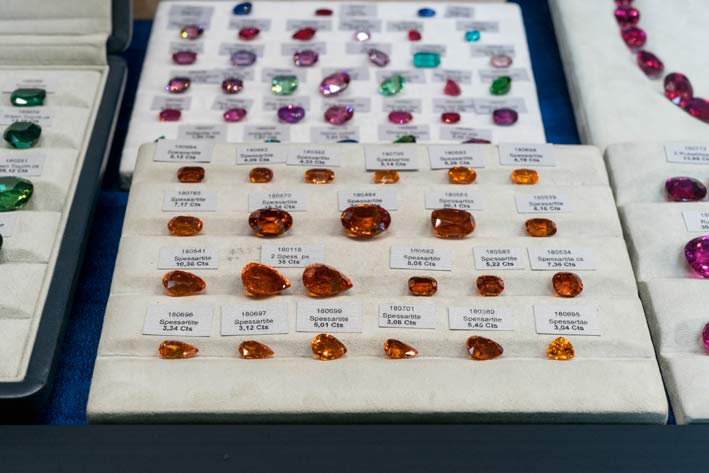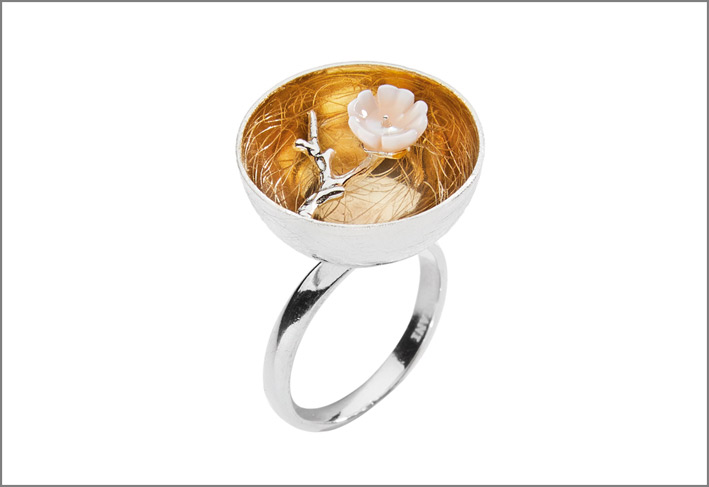2014 started under the best auspices, based on numbers, in the gold district of Arezzo it seems not to keep its promises. The cause? Geopolitical instability, with tensions in the Middle East or Ukraine, as Silvia Pieraccini points out in her analysis in the newspaper Il Sole 24 Ore.
«The gold district of Arezzo is once again on the rollercoaster, with its antennas pointed towards North Africa and the Middle East. The winds of war blowing from that area – the most important for exports of the Tuscan district – have cooled the enthusiasm that had characterized the beginning of the year quite a bit. In the first quarter of 2014, the industrial production of the goldsmiths of the province of Arezzo recorded a leap of 25%, following the +11.3% and +4.5% of the last two quarters of 2013. Also in the first three months of the year, Arezzo’s goldsmith exports made a leap of 20.3% (the national average being 10%), confirming the record reached in the whole of 2013 with +21.5% to almost 2.1 billion euros. But from the end of April-beginning of May, even if the official data do not yet certify it, production and turnover began to slow down in step with the increase in geopolitical unrest. And the shower for the goldsmiths was cold, also because the recovery that took off last summer came after five years of heavy crisis». And so, the article continues, if demand decreases in countries where jewelry consumption is traditionally higher than in others, such as North Africa and the Middle East, fears grow. Even if there is a way to make ends meet, temporarily, as a sector operator declares.
«2014 started very well – explains Andrea Boldi, owner of the jewelry company Nemesi and president of the Arezzo goldsmiths’ council, which brings together the companies of Confindustria, Cna, Confartigianato and Confapi, as well as head of Fiera Arezzo – but in mid-May the scenario changed: the Libyan situation has degenerated; Algeria, which last year for jewelry by weight alone had achieved a trade flow of 190 million with letters of credit, has blocked imports from Italy; the Egyptian situation has become more complicated; and the war between Palestine and Israel is worrying buyers in the area. For all these reasons, the second quarter will not be able to repeat the results of the first. At this time there is great caution in planning purchases, and there are fears for the credits that our customers have in those countries”. To give immediate comfort, there are the post-Ramadan restocking of Arab customers, which will keep the Arezzo goldsmith factories running even during the month of August: “We only closed the week of Ferragosto – explains Baldi, who this year expects a growth of 15% compared to the 6.1 million turnover in 2013, 70% achieved with production under its own brand or the customer’s, and the rest as a subcontractor for the brands – to meet the demands of the Arab markets and guarantee a service to customers. The Arezzo companies that have the Arab area as a reference have limited their holidays to the maximum”.
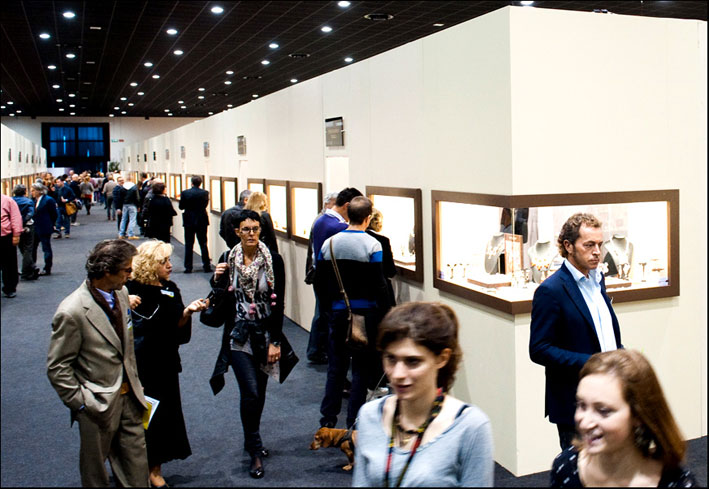
In short, according to this analysis, it will be autumn that will deny or confirm negative forecasts. In the meantime, companies are organizing themselves to find a new positioning:
“The real unknown is for September. “In recent weeks, orders from Dubai, which accounts for 40% of global gold flows, have stopped,” explains Francesco Bernardini, head of the gold sector at Banca Etruria, a leader in the sector, which in the first half of the year increased gold loans by 15% (6% net of the increase in the price of the raw material). “But the expectation,” adds Bernardini, “is that in September orders from Dubai will start up again, giving new impetus to the Arezzo district, which is strongly linked to that area.” In fact, the United Arab Emirates currently absorb half of the Tuscan district’s exports, and have helped make it the leader of the Italian jewelry industry. A district (1,100 companies, 10,000 employees, 2.5 billion in turnover) that today works, using the so-called “loan for use”, less than half of the gold worked ten years ago (4-5 tons instead of 10), replaced by other less precious metals, and that is experiencing the reconversion of a segment of goldsmith companies that produced non-brand chains into subcontractors of designer luxury costume jewelry (for example to make shoulder chains for bags). The phenomenon is underway, and 150-200 artisans have already entered the jewelry production chains of the big brands, with the effect of differentiating customers and deadlines. Fiera Arezzo is looking at the Made in Italy gold supply chain to organize a large event in Milan on the occasion of the Expo, in partnership with other districts”.





